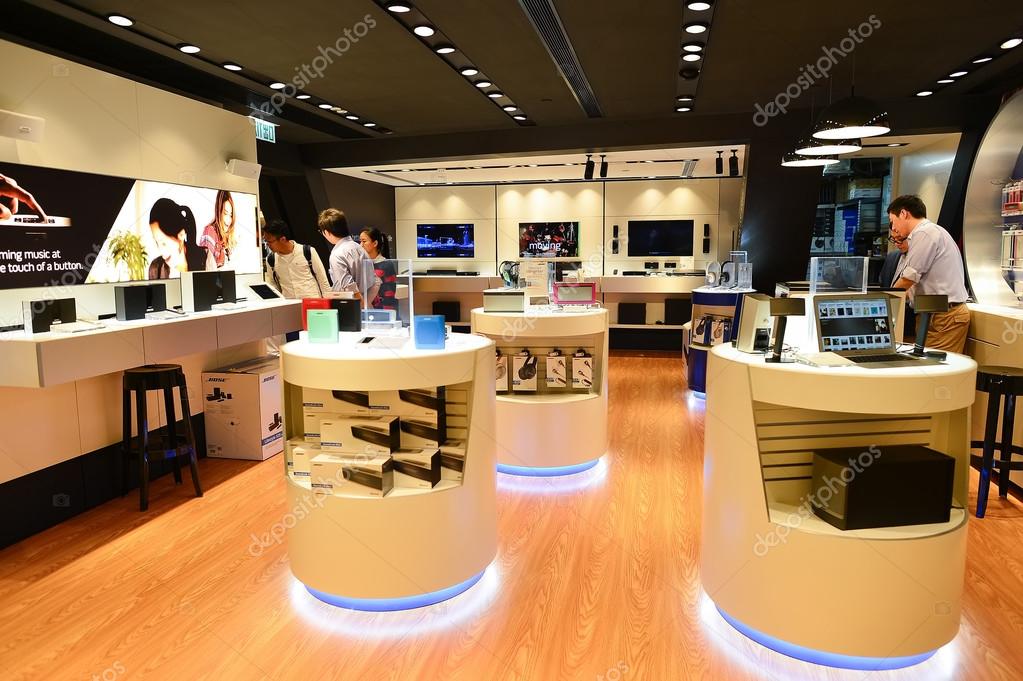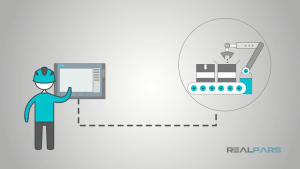Voice-activated technology
- One type of human-computer interaction is voice-activated technology, which enables users to operate systems, apps, or gadgets with speech commands. It operates via speech recognition, in which a tool or piece of software recognizes and decodes spoken words or phrases to carry out particular operations. Because of its accessibility and convenience, this technology has grown in popularity across a range of businesses, from smart homes to personal assistants.
- Important Elements:
The foundation of voice-activated technology is speech recognition. To enable the system to comprehend and process commands, spoken words must be converted into text. Natural language processing (NLP) and machine learning methods are essential for increasing recognition accuracy. - After the voice input has been transformed into text, natural language processing, or NLP, aids the system in comprehending the meaning and context of the words. As a result, the system can execute increasingly sophisticated tasks, such requesting particular data or sending out reminders.
- Text-to-Speech (TTS): Certain systems employ TTS to process voice commands and then produce spoken responses, enabling a conversational experience.
- Utilization:
- Voice-activated virtual assistants: Well-known voice-activated virtual assistants such as Apple Siri, Google Assistant, and Amazon Alexa enable users to manage gadgets, play music, set alarms, ask questions, and more just by speaking to them.
Smart Homes: Voice control allows for hands-free convenience with devices like locks, lights, and thermostats. - Accessibility: Offers individuals with eyesight or mobility disabilities a more inclusive experience.
Convenience and Speed: For simple tasks in particular, speaking a command can be faster than typing it.
Integration: A smooth user experience is produced by the seamless integration of numerous voice-activated products and services with other systems.
Challenges:
Accuracy: The system’s ability to comprehend commands can occasionally be impacted by accents or background noise, and voice recognition isn’t always flawless.
Privacy: Data security and privacy are issues because voice-activated devices frequently listen for commands nonstop.
Limited Functionality: Despite advancements in intelligence, computers may still have trouble understanding complicated or unclear commands and may not always produce the intended outcomes.
Voice-activated technology is developing quickly and getting better all the time. - With continuous advancements in AI, speech recognition, and natural language processing, voice-activated technology is developing quickly and becoming more dependable and effective. It is now a common feature in many corporate and consumer products as a result.
Share this content:














1 comment